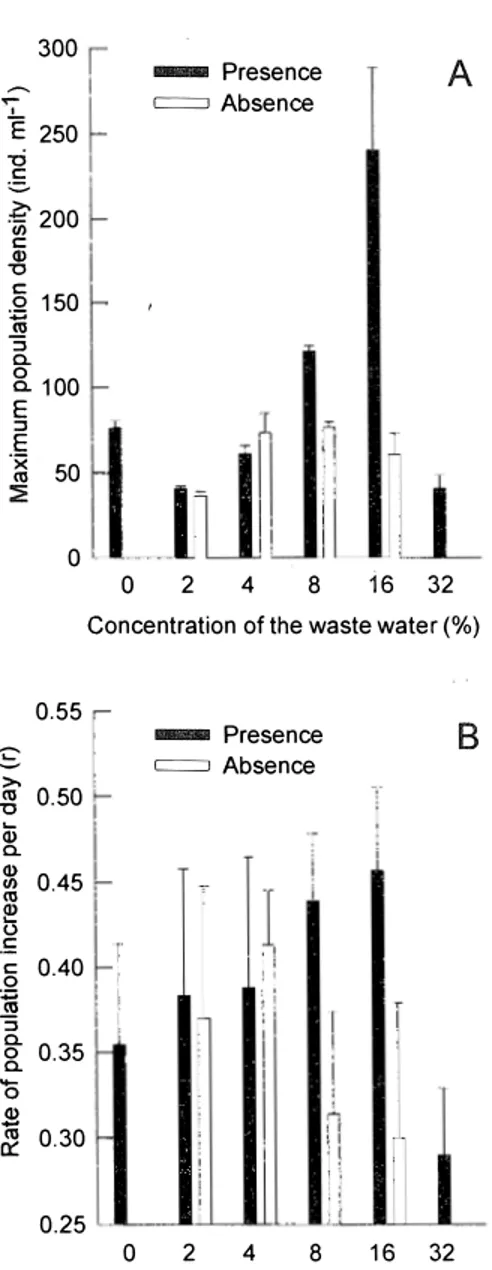Population dynamics of Brachionus calyciflorus (Rotifera: Brachionidae) in waste water from food processing industry in Mexico
Texto completo
Figure

Documento similar
In the “big picture” perspective of the recent years that we have described in Brazil, Spain, Portugal and Puerto Rico there are some similarities and important differences,
- Competition for water and land for non-food supply - Very high energy input agriculture is not replicable - High rates of losses and waste of food. - Environmental implications
The density of CldU + /IdU + cell population in different litters could mean the persistence of Neural Stem Cells, generated during postnatal development, in the
The results obtained after the data analysis show that the working hypothesis is fulfilled, indicating the existence of erroneous beliefs about bipolar disorder among the subjects
For instance, (i) in finite unified theories the universality predicts that the lightest supersymmetric particle is a charged particle, namely the superpartner of the τ -lepton,
Given the much higher efficiencies for solar H 2 -generation from water achieved at tandem PEC/PV devices ( > 10% solar-to-H 2 energy efficiency under simulated sunlight) compared
Plotinus draws on Plato’s Symposium (206c4–5) – “procreate in what is beautiful” – 3 in order to affirm that mixed love (which is also a love of beauty) is fecund, although
Even though the 1920s offered new employment opportunities in industries previously closed to women, often the women who took these jobs found themselves exploited.. No matter